Rising Demand for Precision Medicine
The increasing emphasis on precision medicine is a pivotal driver for the Spatial Genomics Market. As healthcare shifts towards personalized treatment plans, the need for advanced genomic technologies becomes paramount. Spatial genomics enables researchers to understand the spatial organization of cells and their interactions, which is crucial for developing targeted therapies. According to recent estimates, the precision medicine market is projected to reach substantial figures, indicating a robust growth trajectory. This trend suggests that the Spatial Genomics Market will likely experience heightened demand as healthcare providers seek innovative solutions to enhance patient outcomes. Furthermore, the integration of spatial genomics into clinical settings may facilitate the identification of biomarkers, thereby improving diagnostic accuracy and treatment efficacy.
Increased Funding for Genomic Research
Increased funding for genomic research is a critical driver of the Spatial Genomics Market. Governments and private organizations are recognizing the importance of genomics in advancing healthcare and are allocating substantial resources to support research initiatives. This influx of funding is likely to accelerate the development of spatial genomics technologies and their applications in various fields, including oncology and neurology. For instance, recent reports indicate that funding for genomic research has seen a marked increase, with billions of dollars being invested annually. This financial support not only fosters innovation but also encourages collaboration among academic institutions, biotechnology companies, and healthcare providers. As a result, the Spatial Genomics Market is expected to benefit from enhanced research capabilities and the rapid translation of findings into clinical practice.
Growing Applications in Cancer Research
The growing applications of spatial genomics in cancer research serve as a significant driver for the Spatial Genomics Market. As cancer remains one of the leading causes of mortality worldwide, there is an urgent need for innovative approaches to understand tumor biology and heterogeneity. Spatial genomics provides insights into the tumor microenvironment, enabling researchers to explore how spatial organization influences cancer progression and treatment response. The market for cancer genomics is projected to expand, with spatial genomics playing a crucial role in the development of novel therapeutic strategies. By elucidating the spatial dynamics of tumors, researchers can identify potential targets for intervention, thereby enhancing the efficacy of cancer treatments. This trend indicates that the Spatial Genomics Market is likely to witness sustained growth as it becomes integral to cancer research.
Emergence of Collaborative Research Networks
The emergence of collaborative research networks is fostering growth in the Spatial Genomics Market. These networks facilitate the sharing of knowledge, resources, and technologies among researchers, thereby accelerating advancements in spatial genomics. Collaborative efforts among academic institutions, industry players, and healthcare organizations are becoming increasingly common, as they aim to tackle complex biological questions that require multidisciplinary approaches. The establishment of such networks is likely to enhance the development and application of spatial genomics technologies, leading to innovative solutions in various fields, including drug discovery and disease modeling. As these collaborations expand, the Spatial Genomics Market may experience increased investment and interest from stakeholders, further driving its growth and integration into mainstream research and clinical practice.
Technological Innovations in Genomic Analysis
Technological innovations are transforming the landscape of the Spatial Genomics Market. Advances in imaging techniques, such as multiplexed imaging and high-throughput sequencing, are enabling researchers to visualize and analyze genomic data with unprecedented resolution. These innovations not only enhance the accuracy of spatial genomic analyses but also reduce the time required for data processing. The market for genomic analysis tools is expected to witness significant growth, driven by the demand for more sophisticated and efficient technologies. As researchers and clinicians increasingly adopt these advanced tools, the Spatial Genomics Market is poised for expansion. The ability to integrate spatial data with genomic information may lead to groundbreaking discoveries in cancer research and other complex diseases, further propelling the market forward.


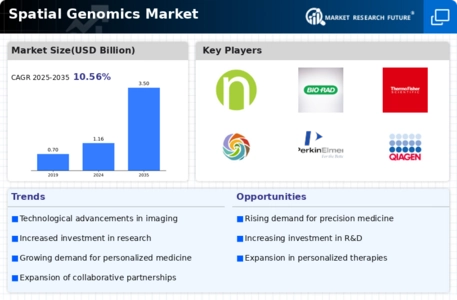
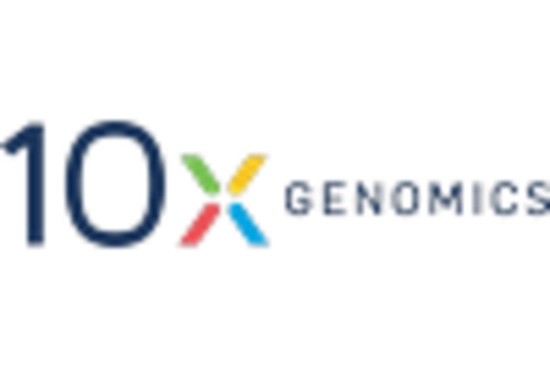
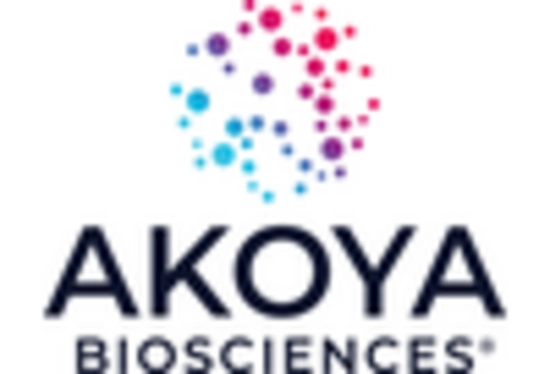
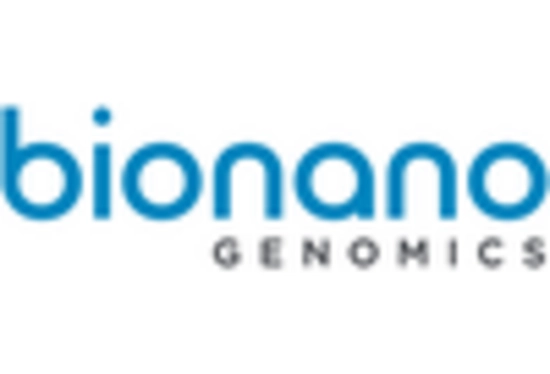
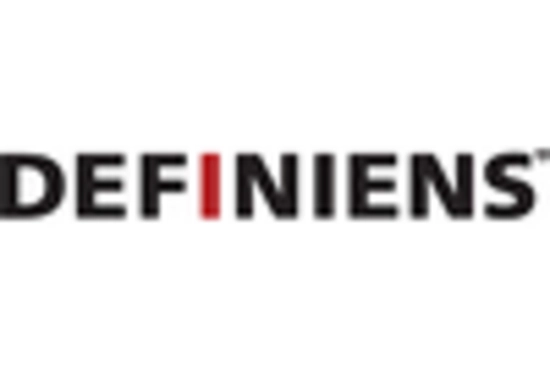










Leave a Comment